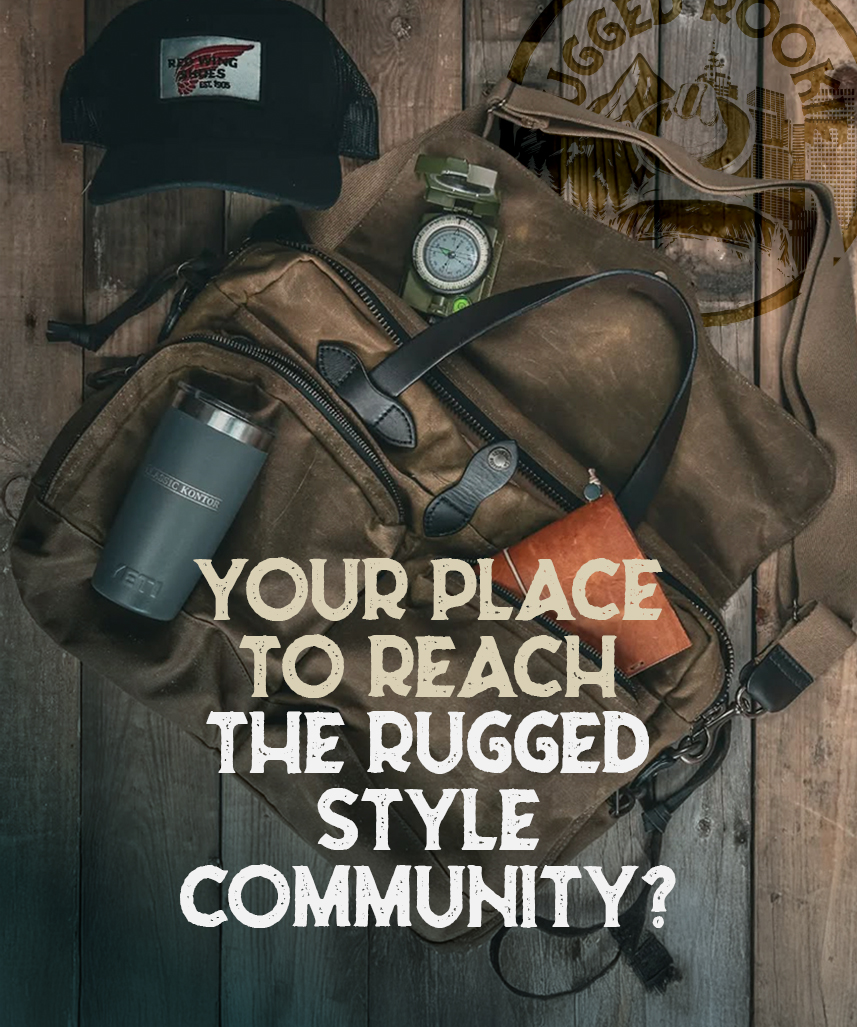Desert boot
The desert boot is a timeless piece of footwear, celebrated for its simplicity, durability, and versatility. Originally designed for practicality, it has remained a staple for those who value functionality and understated style.
Historical Background
The desert boot traces its roots back to World War II, where British soldiers stationed in North Africa needed sturdy, adaptable footwear for the harsh desert environment. Inspired by the lightweight boots crafted in Cairo’s bazaars, the design proved perfect for navigating rugged terrain and enduring extreme conditions. After the war, this design was refined and introduced to civilian markets in 1950 by Nathan Clark of Clarks Shoes, cementing its place in wardrobes worldwide.
Design Features
The desert boot is defined by its minimalist, purposeful design. Typically made from soft suede or leather uppers, it provides both comfort and flexibility. The crepe rubber sole is a standout feature, offering excellent shock absorption and grip on uneven surfaces. Its chukka-style ankle height allows for easy movement while providing support. Clean lines, minimal stitching, and two or three eyelets for lacing give the boot its iconic and functional look. The materials are chosen to strike a balance between durability and breathability, making it suitable for a variety of settings.
Purpose and Versatility
Originally built to handle the unforgiving conditions of the desert, the desert boot excels in environments that demand robust yet lightweight footwear. Its simple design has proven adaptable, making it appropriate for everyday wear, outdoor adventures, or even semi-formal occasions. Pair them with rugged jeans for a casual approach, or match them with chinos for a more elevated look. Their comfort and practicality make them an unparalleled choice for both urban and outdoor use.
Durability and Aging
Constructed from high-quality materials, the desert boot is built to last. The crepe sole is not only durable but also molds to the wearer’s foot over time, enhancing comfort with each step. Suede and leather uppers age gracefully, developing unique patinas and character through years of wear. Regular care, such as brushing and occasional waterproofing, extends their lifespan. They are a purchase you can count on for long-term reliability.
Cultural and Style Significance
The desert boot has come to symbolize resourcefulness and practicality since its military inception. It bridged the gap between workwear and everyday footwear, embraced by soldiers, workers, adventurers, and creatives alike. Its unassuming design and enduring function have made it a cultural touchstone for those who value timeless, dependable items. Generations have trusted the desert boot as more than footwear; it’s become an expression of utility and understated character.



